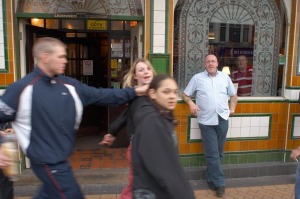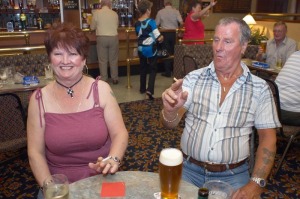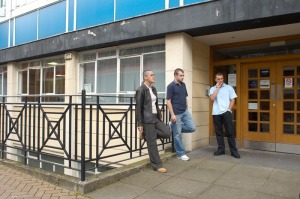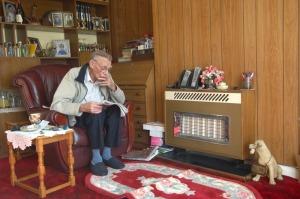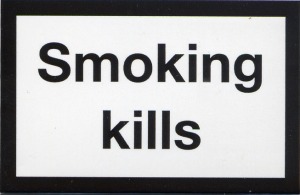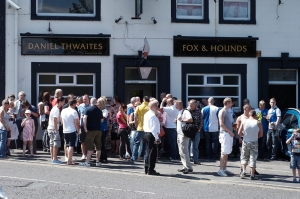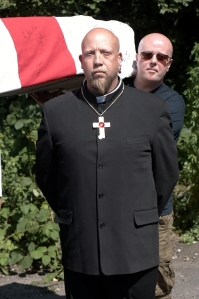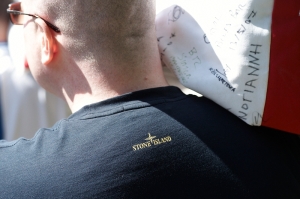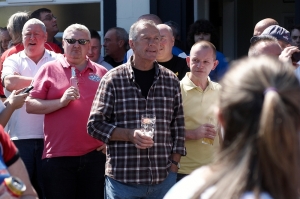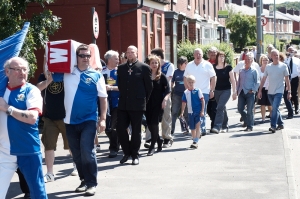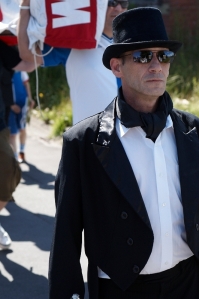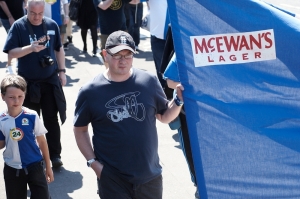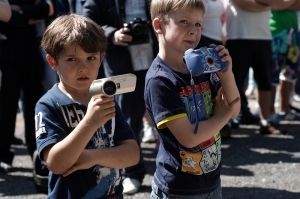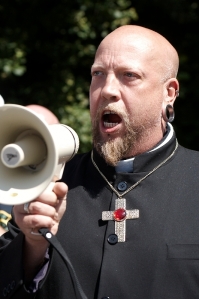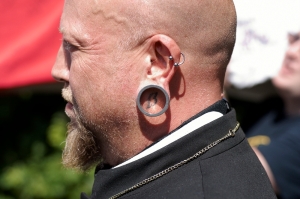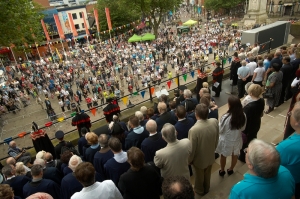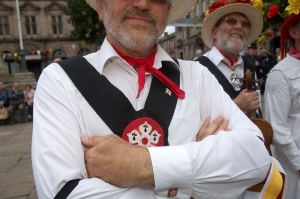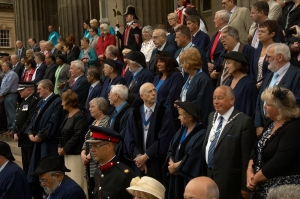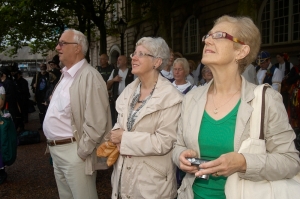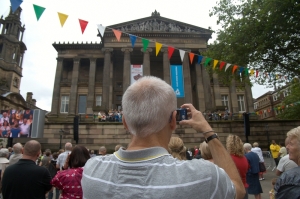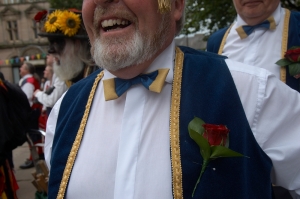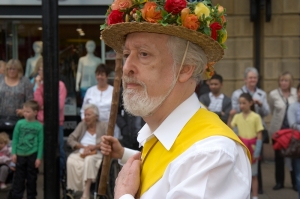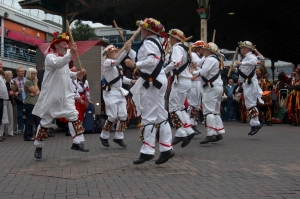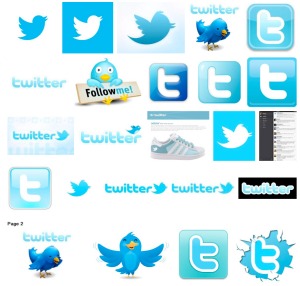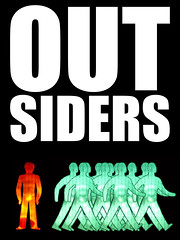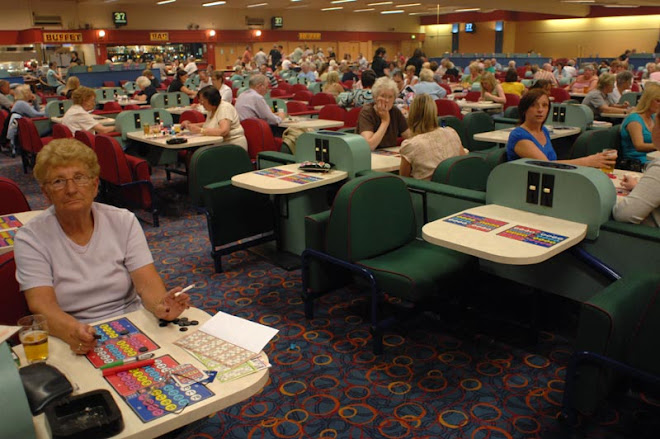The truth is somewhere in the middle. It will take some time and major technology developments for the paper to fulfil this outlandish definition.
Already, Interactive Newsprint is an internet-connected paper allowing an increased evel of interactivity between the user and the writer/advertiser. This includes instantly updateable audio
But the development of some of these outlandish technologies – perhaps a printed battery, a printed solar power source or printed moving images – will move a step closer with this project.
 And that’s the beauty of this project, the possibilities Interactive Newsprint (IN) could lead to. The product currently is wi-fi enabled and uses circuits made of printed ink (though I’m not sure how far the printed circuits will be developed in the prototypes).
And that’s the beauty of this project, the possibilities Interactive Newsprint (IN) could lead to. The product currently is wi-fi enabled and uses circuits made of printed ink (though I’m not sure how far the printed circuits will be developed in the prototypes).Technologists believe that eventually moving LCD images will be cheaply printed on to paper and other products, such as drinks bottles or crockery.
Designers hope that by developing IN they will enable new ways to fund content, a crucial development if any kind of print industry is to remain in years to come. Music could also be a key element for IN’s progression.
As we approach the fall of 2012, IN is a prototype which has been seen at SXSW in Austin Texas and is about to unveil its latest designs at the London Design Festival (in September 2012).
Several community, news and arts-based groups are helping develop the technology.
As part of the development my own Outsiders project is being used for IN, with three of the interviews from the book printed on to the paper.
The interactivity comes from embossed buttons on the images which, when pressed, play either audio from those interviewed, my own thoughts and views on the subject or opinions from those who have experienced the IN paper at the deign festival.
My personal favourite possibility is a localised paper with an advert from the local butcher, who can update the embedded audio in the advert at any time to tell customers of special offers or that he is closing early because he has to take his son to football training.
For photography, the project is a unique way of engaging viewers and we hope to develop this arts-based approach to the newsprint as the project continues.
NOTE: IN is funded by the Digital Economy (DE) Programme and led by the University of Central Lancashire, with technology company Novalia and Dundee and Surrey universities.
More details on IN at the London Design Festival will be announced soon.



